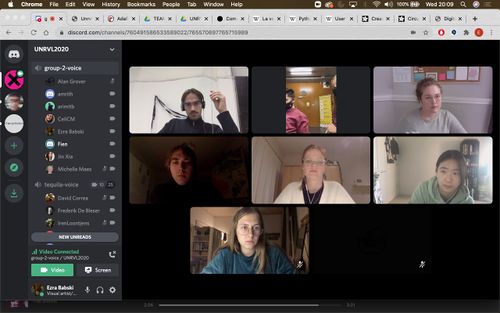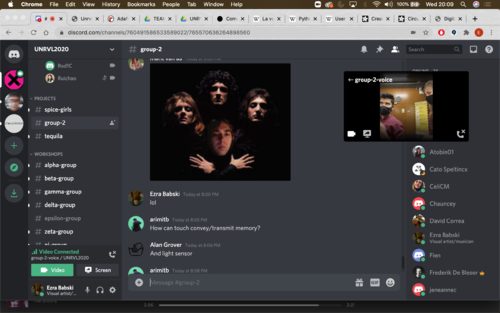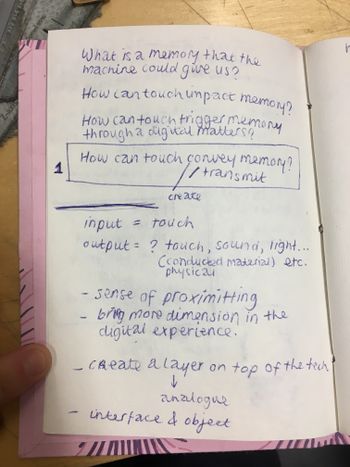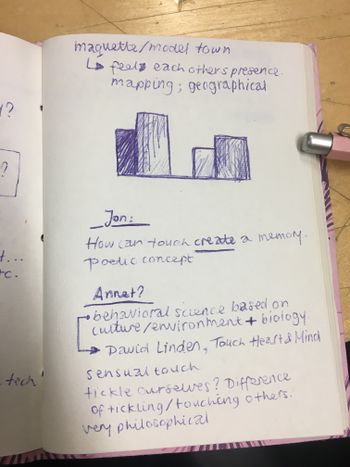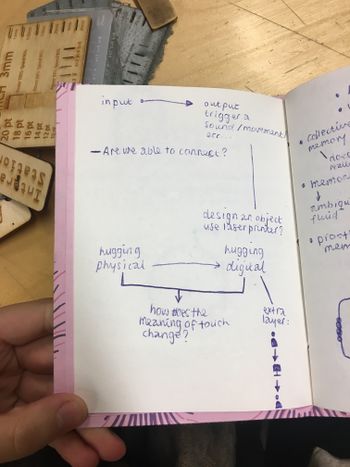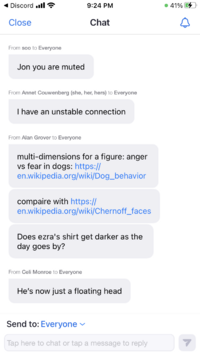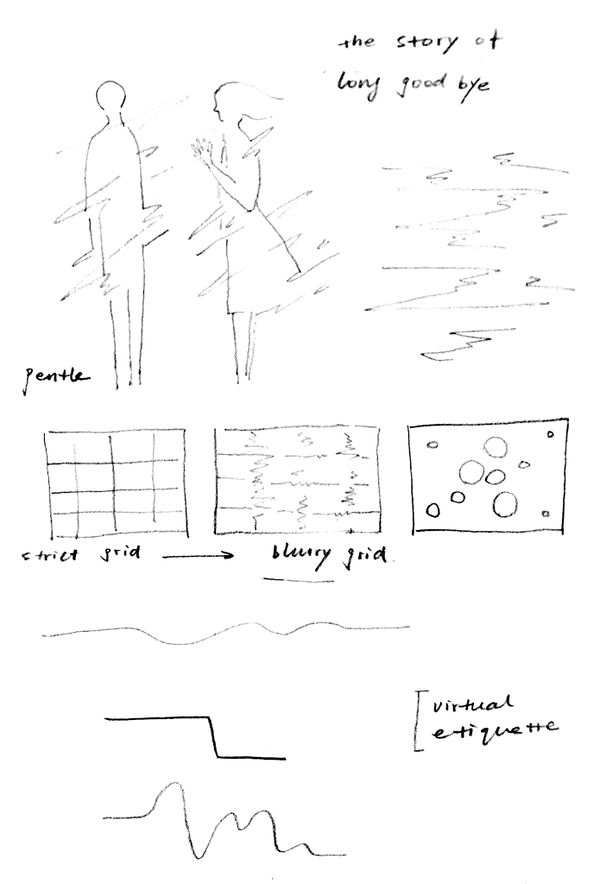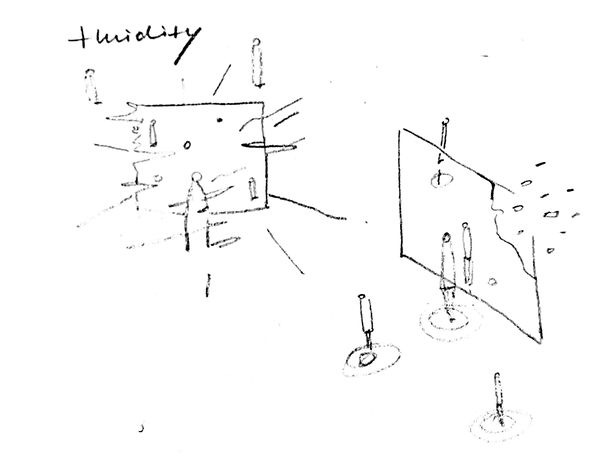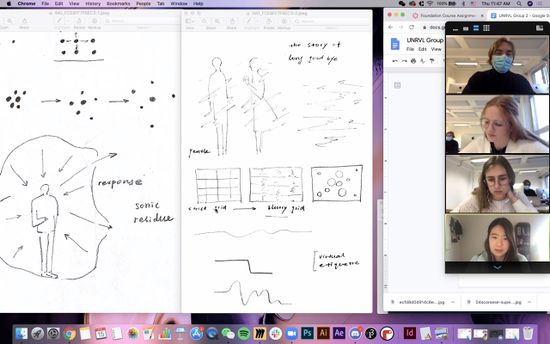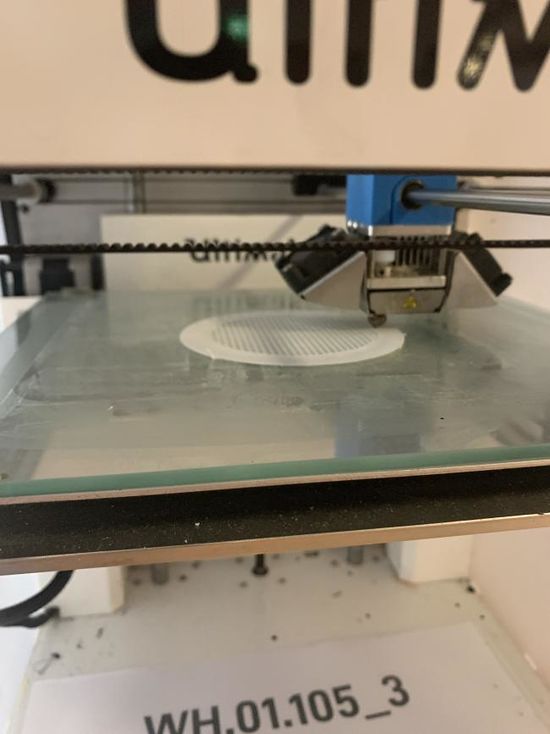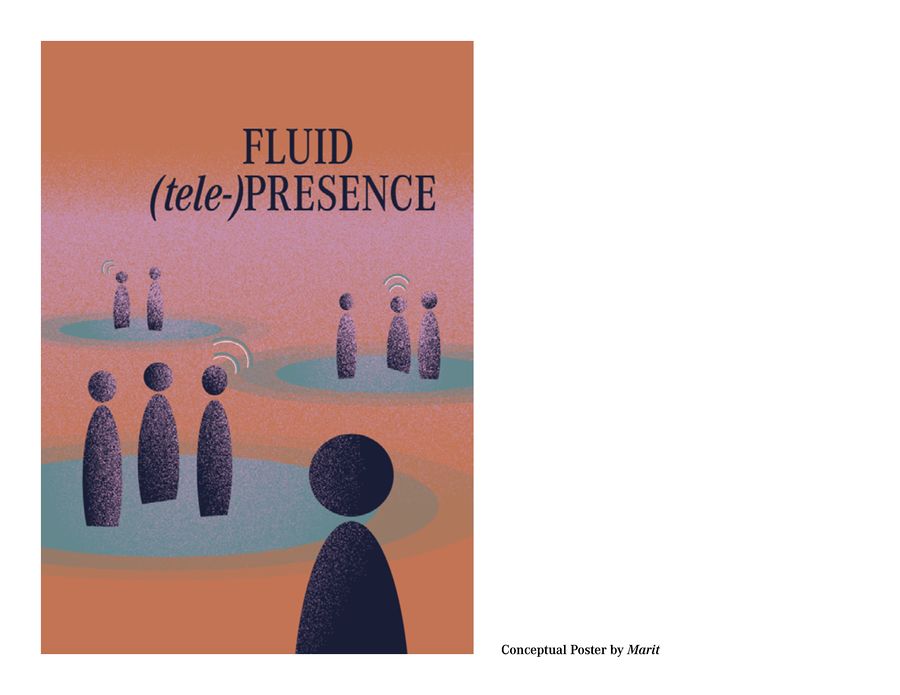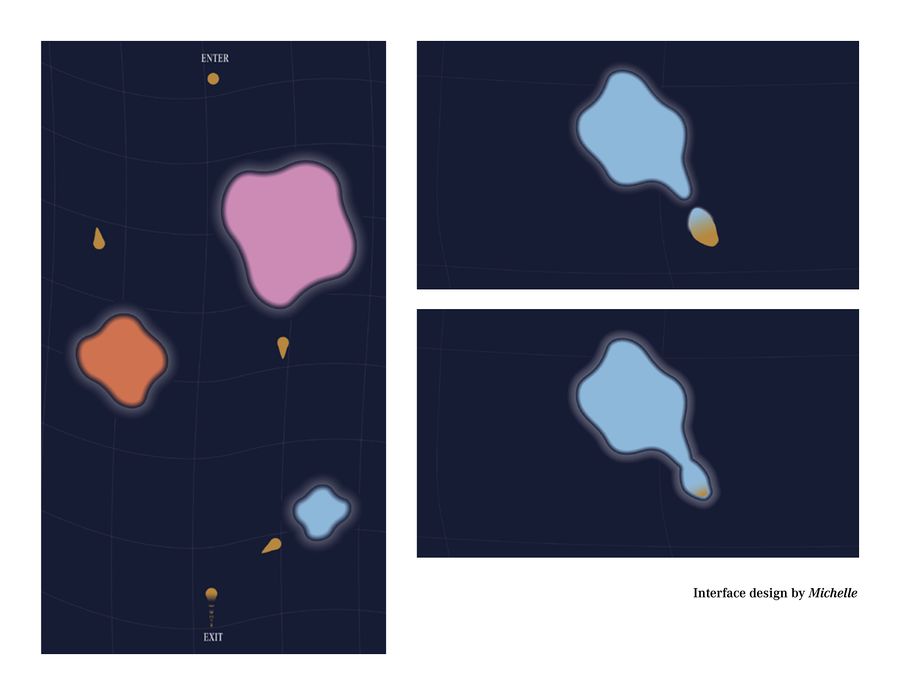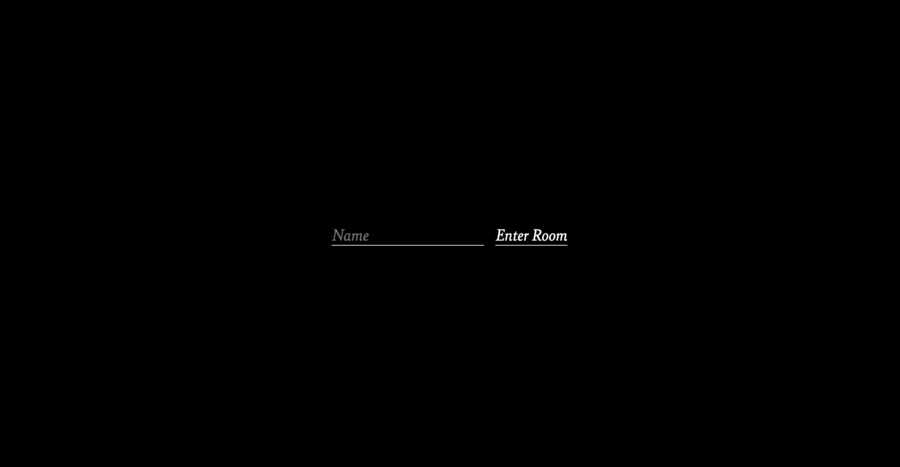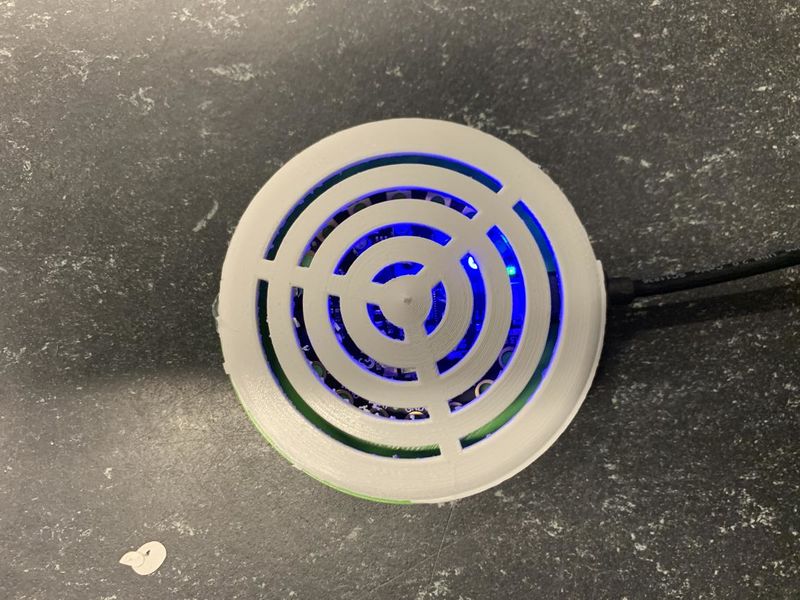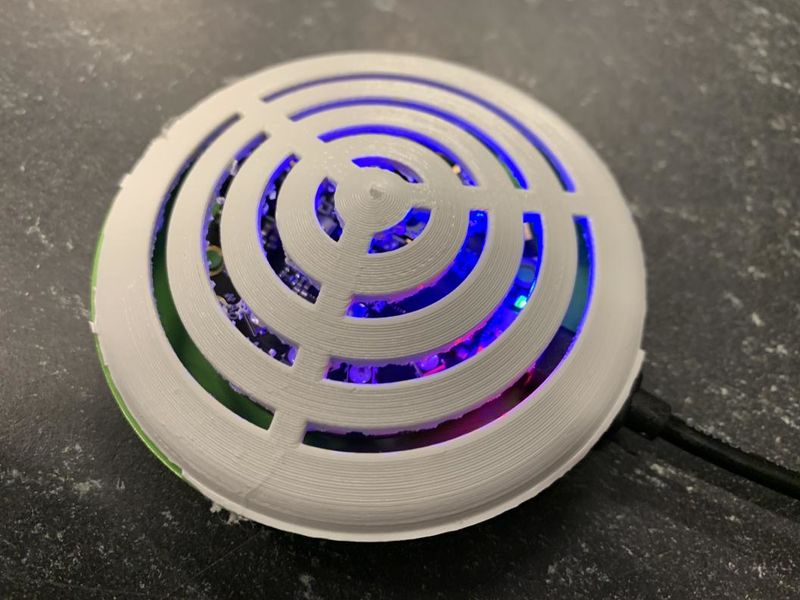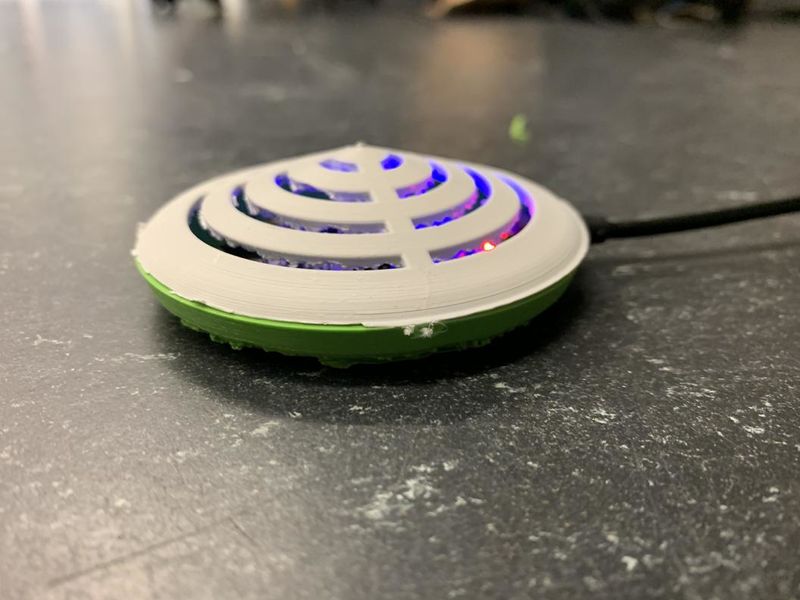Difference between revisions of "UNRVL9-Project2"
EzraBabski (talk | contribs) |
EzraBabski (talk | contribs) |
||
| (122 intermediate revisions by the same user not shown) | |||
| Line 1: | Line 1: | ||
| − | + | ||
| − | |||
| − | |||
[[File:Giphy-gradient1.gif|left|10px]] | [[File:Giphy-gradient1.gif|left|10px]] | ||
[[File:Giphy-gradient1.gif|right|10px]] | [[File:Giphy-gradient1.gif|right|10px]] | ||
| Line 34: | Line 32: | ||
<center> | <center> | ||
| − | <span style='width:50em;font-size:20px;font-family:Garamond;display:block;padding:5px;color: | + | <span style='width:50em;font-size:20px;font-family:Garamond;display:block;padding:5px;color:purple;background:linear-gradient(#ffdddd, #ddffdd 50%, #ddddff);border:2px solid black'> |
'''Group 2''' | '''Group 2''' | ||
<br/></span> | <br/></span> | ||
| Line 51: | Line 49: | ||
<br/> | <br/> | ||
<br/> | <br/> | ||
| + | [[File:marit-poster2.jpg|560px]] | ||
| + | <br/> | ||
| + | <br/> | ||
| + | <div style="font-size:12px;font-family:Cochin;display:block;padding:2px;color:black;background:linear-gradient(to bottom right,#FFFFFF,#CEF2E0);border: 2px solid #BFB1A3;"> | ||
| + | <br/> | ||
| + | {| role="presentation" class="wikitable mw-collapsible mw-collapsed" style="width: 95%"; | ||
| + | ! style="background: light grey;"|<strong><font color="black" size="6"><center> I. Project Description </strong></center></font> | ||
| + | |- | ||
| + | | | ||
| + | <span style='font-size:17px;'> | ||
| + | Digital presence takes many forms. Regardless of whether we are “plugged in,” our digital footprint manifests in the digital ecosystem as a constantly expanding network of traces, data artefacts, biometric residues and transaction histories. Viewed from this angle, the conventional, binary distinction between online/offline states ceases to make sense; indeed, given the extent of our current dependence on digital technology, almost all of us are ''always'' digitally present, if only in a hyperfragmented way. It is more accurate, therefore, to insist on the existence of a spectrum of "online" states. | ||
| + | <br/> | ||
| + | <br/> | ||
| + | Yet our social experience via digital media hardly reflects this ambiguity. The abruptness of a Zoom call drop, or the jarring sensation of sudden disconnection—shutting one's laptop—leave us desiring more from our online communication platforms. Dispensing with stale binaries of online/offline, connection/disconnection, how might we simulate the fluidity of real-life encounters —involving, besides so much else, an experience of simultaneous presence and absence, degrees of nearness and distance? Is it possible to facilitate virtual interactions that communicate this fluidity of presence arising from our embodiment in space? | ||
| + | <br/> | ||
| + | <br/>For our UNRVL 2020 project, we have set about accomplishing just that, in the interest of encouraging the development of virtual rituals and facilitating spontaneous interactions across virtual platforms. Our approach is twofold: one the one hand, to design a device that represents activity in online chatrooms in an analogue way (brightness-graduated pulses of Neopixels on the CP/Bluefruit represent the degree of participation of individual members of the chat), allowing “offline” users to have an ambient awareness of conversations among friends from afar. (Bright lights indicate a lively exchange, and signal perhaps the opportunity to jump in and discover what all the fuss is about.) On the other hand, we hope ourselves to create the platform on which these signals are based. The effectiveness of this social platform—tentatively called Room—hinges on a custom-built spatialized audio-visual interface that simulates sensations of nearness and distance in virtual space. | ||
| + | <br/> | ||
| + | <br/> | ||
| + | </span> | ||
| + | |} | ||
| + | {| role="presentation" class="wikitable mw-collapsible mw-collapsed" style="width: 95%"; | ||
| + | ! style="background: light grey;"|<strong><font color="black" size="6"><center> II. Research </strong></center></font> | ||
| + | |- | ||
| + | | | ||
| + | <span style='font-size:17px;'> | ||
| + | ==Monday Oct 12== | ||
| + | <br/> | ||
| + | <br/> | ||
| + | <span style='font-size:15px;'> | ||
| + | With the whole group finally present, we began with a round of skills-sharing. Members shared the following: | ||
| + | <br/> | ||
| + | '''Jin''': illustrator, conceptual writing (and concepts into pictures); experience in graphic design and web design; interested in non-linear narrative/storytelling | ||
| + | <br/> | ||
| + | '''Marit''': photography, artistic research, data visualization | ||
| + | <br/> | ||
| + | '''Celi''': background in design (typography and package design); motion design and creative coding (p5.js, basic HTML); applying a speculative lens | ||
| + | <br/> | ||
| + | '''Michelle''': background in graphic design and web design (HTML, CSS, p5.js); motion design (dynamic type in AE); experience using AE | ||
| + | <br/> | ||
| + | '''Amrith''': digital fabrication; 3D modeling (CAD, e.g. Fusion); 3D drawing; translation of virtual designs into physical objects | ||
| + | <br/> | ||
| + | '''Arimit''': interactive web design; motion graphics; 3D modeling; electronics (microcontrollers) | ||
| + | <br/> | ||
| + | '''Fien''': background in graphic design; architectural research; 2D-3D translations; linear, architectural aspect to planning for projects; tape drawings | ||
| + | </span> | ||
| + | <br/> | ||
| + | <br/> | ||
| + | ==Tuesday Oct 13–Thursday Oct 15== | ||
| + | <br/> | ||
| + | <br/> | ||
| + | <span style='font-size:17px;'> | ||
| + | ===<span style='font-size:19px;'>1. Touch and Memory</span>=== | ||
| + | <span style='font-size:15px;'> | ||
| + | References: | ||
| + | http://peripheralfocus.net/poems-told-by-touch/manifesto_of_tactilism.html | ||
| + | https://link.springer.com/article/10.3758/s13423-019-01674-x | ||
| + | https://en.wikipedia.org/wiki/Embodied_cognition | ||
| + | https://cup.columbia.edu/book/prosthetic-memory/9780231129275 | ||
| + | https://www.bareconductive.com/make/how-to-make-an-interactive-memory-game/ | ||
| + | <br/> | ||
| + | <br/> | ||
| + | The ideas for our final project grew out of an earlier discussion we had around the link between touch and memory. We came upon the following talking points: | ||
| + | <br/> | ||
| + | <br/> | ||
| + | *<span style='font-size:15px;'>'''Memory of the machine:''' we are all familiar with the concept of embodied knowledge—the idea that cognition is shaped by the fact that we inhabit physical bodies—but what kinds of memory are at work in our devices? How might we operationalize concepts of machine-memory to find ways to connect ourselves across technological media? What are new ways we can understand the metaphor of machine learning and machine memory, in the service of human connection?</span> | ||
| + | *<span style='font-size:15px;'>'''Prosthetic memory:''' [see above link]</span> | ||
| + | *<span style='font-size:15px;'>'''Data artefacts:''' we discovered (spurred by an insight of Paul’s) that heat (transmitted through sweat) can turn into a data artefact that triggers the Circuit Playground’s sensors even after contact has been broken. This highlighted another sense in which we might speak of the “memory” of the CP, and the kinds of messages these traces might be able to communicate (“I was, but am no longer here”).</span> | ||
| + | *<span style='font-size:15px;'>'''Haptic feedback:''' virtual hugs, handshakes</span> | ||
| + | *<span style='font-size:15px;'>'''Impact of analogue technology:''' analogue technology (such as a circuitboard with LEDs) can give the impression of having a “soft” effect on the user (given that such devices have a physical presence), mitigating the exhaustion the comes with inhabiting an exclusively digital environment.</span> | ||
| + | *<span style='font-size:15px;'>'''Clothing and memory:''' textiles that carry a kind of “memory” of the wearer (permanent folds, stains, etc.)</span> | ||
| + | *<span style='font-size:15px;'>'''Biology:''' we are always “touching” ourselves—how does this self-reflexive touching differ from the manner in which we touch others?</span> | ||
| + | <br/> | ||
| + | <br/> | ||
| + | <span style='font-size:17px;'> | ||
| + | ===<span style='font-size:19px;'>2. Fluidity of Presence</span>=== | ||
| + | <span style='font-size:15px;'> | ||
| + | References: | ||
| + | https://www.youtube.com/watch?v=y_FgHb-BGzk | ||
| + | <br/> | ||
| + | <br/> | ||
| + | We began to ask questions: what if, instead of focusing on touch, we directed our attention to other concepts surrounding intimacy? Immediately, we began discussing ways to incorporate sensations associated with physical embodiment—namely, sensing (seeing, hearing) the proximity or distance of physical bodies in space. Followed by a rapid brainstorm, circling in on what would become our central concept [brainstorm below]: | ||
| + | <br/> | ||
| + | <br/> | ||
| + | <span style='font-size:15px;'> | ||
| + | *<span style='font-size:15px;'>'''“Touch-log:”''' a device that communicates a limited history of pushes, taps, brushes and squeezes; how to simulate, or create a metaphor for texture?</span> | ||
| + | *<span style='font-size:15px;'>'''The long goodbye''' (lingering farewell): '''fadeouts''' (screen the blurs, audio that gets quieter) instead of abrupt disconnections (hanging up).</span> | ||
| + | *<span style='font-size:15px;'>'''Non-binary states of connection''' (spectrum of online states)</span> | ||
| + | *<span style='font-size:15px;'>How do we create new social constructions for virtual spaces? In the vein of digital utopias—(the moment when you realize that you have neglected the speculative, the promise and potential of the digital beyond what exists in the real world…)</span> | ||
| + | *<span style='font-size:15px;'>'''Finding the right metaphors…'''</span> | ||
| + | *<span style='font-size:15px;'>'''Remains of the day:''' sampling snippets from previous conversations that might play in your headphones after you leave the chat </span> | ||
| + | <br/> | ||
| + | <br/> | ||
| + | <span style='font-size:15px;'> | ||
| + | At the end of it all, we had our concept, and a means of articulating it. What we found was lacking in our digital interactions was this fluidity of presence we had defined before. </span> | ||
| + | <br/> | ||
| + | <br/> | ||
| + | <span style='font-size:15px;'> | ||
| + | We divided ourselves up into the following configurations: | ||
| + | <br/> | ||
| + | <br/> | ||
| + | </span> | ||
| + | <span style='font-size:15px;'> | ||
| + | Hardware Team – Fien, Celi | ||
| + | <br/> | ||
| + | <br/> | ||
| + | Hardware Team (Speculative) – '''Amrith''' | ||
<br/> | <br/> | ||
| − | + | <br/> | |
| + | Software Team – Arimit | ||
| + | <br/> | ||
| + | <br/> | ||
| + | Software Team (Speculative) – '''Michelle, Marit, Jin''' | ||
| + | <br/> | ||
| + | <br/> | ||
| + | Documentarian - '''Ezra''' | ||
| + | </span> | ||
| − | |||
| − | |||
| − | |||
| − | |||
| − | |||
| − | |||
| − | |||
| − | |||
| − | |||
| − | |||
| − | + | |} | |
| − | + | ||
| − | {| role="presentation" class="wikitable mw-collapsible mw-collapsed" style="width: | + | {| role="presentation" class="wikitable mw-collapsible mw-collapsed" style="width: 95%"; |
| − | ! style="background: | + | ! style="background: light grey;"|<strong><font color="black" size="6"><center> III. Documentation </strong></center></font> |
|- | |- | ||
| | | | ||
| − | = | + | <span style='font-size:20px;'> |
| + | '''DISCORD!''' | ||
| + | <br/> | ||
| + | <br/> | ||
[[File:screenshot-discord1.png|center|500px]] | [[File:screenshot-discord1.png|center|500px]] | ||
[[File:screenshot-discord2.jpg|500px]] | [[File:screenshot-discord2.jpg|500px]] | ||
[[File:Screenshot-discord3.png|500px]] | [[File:Screenshot-discord3.png|500px]] | ||
| + | [[File:Gabrielle-1.jpg|450px]] | ||
<br/> | <br/> | ||
<br/> | <br/> | ||
| − | [[File:Marit-notes1.jpg| | + | <span style='font-size:20px;'> |
| − | [[File:Marit- | + | '''NOTES!''' |
| + | <br/> | ||
| + | <br/> | ||
| + | [[File:Marit-notes2.jpg |350px]] | ||
| + | [[File:Marit-notes1.jpg|350px]] | ||
| + | [[File:Marit-notes4.jpg |350px]] | ||
| + | [[File:Marit-notes3.jpg |350px]] | ||
[[File:arimit-screenshot.png|center|200px]] | [[File:arimit-screenshot.png|center|200px]] | ||
| + | <br/> | ||
| + | <br/> | ||
| + | <span style='font-size:20px;'> | ||
| + | '''SKETCHING!''' | ||
| + | <center> | ||
| + | <br/> | ||
| + | <br/> | ||
| + | [[File:Jin-sketch1.jpeg|600px]] | ||
| + | <br/> | ||
| + | <br/> | ||
| + | [[File:Jin-sketch2.jpeg|600px]] | ||
| + | <br/> | ||
| + | <br/> | ||
| + | [[File:Jin-sketch3.jpeg|600px]] | ||
| + | <br/> | ||
| + | <br/> | ||
| + | </center> | ||
| + | <span style='font-size:20px;'> | ||
| + | '''PROTOTYPING!''' | ||
| + | <center> | ||
| + | <br/> | ||
| + | <br/>[[File:Screen-prototype1.png |550px]] | ||
| + | <br/> | ||
| + | <br/> | ||
| + | [[File:Screen-sketch1.jpg |550px]] | ||
| + | <br/> | ||
| + | <br/> | ||
| + | [[File:Amrith-prototype.jpg|550px]] | ||
| + | </span> | ||
| + | |} | ||
| − | | | + | {| role="presentation" class="wikitable mw-collapsible mw-collapsed" style="width: 95%"; |
| + | ! style="background: light grey;"|<strong><font color="black" size="6"><center> IV. Result </strong></center></font> | ||
| + | |- | ||
| + | | | ||
| + | <gallery mode="slideshow"> | ||
| + | Marit-poster1.jpg | ||
| + | Marit-poster2.jpg | ||
| + | Jin-storyboard_with_caption.jpg | ||
| + | </gallery> | ||
| + | <br/> | ||
| + | <br/> | ||
| + | [[File:Visual_team.pdf]] | ||
| + | <br/> | ||
| + | <br/> | ||
| + | [[File:Visual_team1.jpg|900px]] | ||
| + | [[File:Visual team-2.jpg|900px]] | ||
| + | [[File:Visual_team3.jpg|900px]] | ||
| + | <br/> | ||
| + | <span style='font-size:17px;'>Arimit's Room: https://room.arimitb.com/</span> | ||
| + | <center> | ||
| + | [[File:Room1.png|900px]] | ||
| + | <br/> | ||
| + | <br/> | ||
| + | </center> | ||
| + | <span style='font-size:17px;'>Amrith's speculative hardware prototypes.</span> | ||
| + | <br/> | ||
| + | <br/> | ||
| + | <center> | ||
| + | [[File:Amrith-prototype1.jpeg|800px]] | ||
| + | [[File:Amrith-protoype2.jpeg|800px]] | ||
| + | [[File:Amrith-prototype3.jpeg|800px]] | ||
| + | </center> | ||
| + | <br/> | ||
| + | <br/> | ||
| + | <div style="font-size:12px;font-family:Cochin;display:block;padding:2px;color:black;background:linear-gradient(to bottom left,#edFde6,#d8F5c7);"> | ||
Latest revision as of 16:01, 16 October 2020
Group 2
Fluidity of Presence: Ways of Being Together in the Digital Age
Can we communicate the complex experience of presence and absence, nearness and distance that is a feature of embodied existence (in short, the spectrum of "being together") by designing hybrid analogue/digital technologies that eschew stale binaries of online/offline connection?
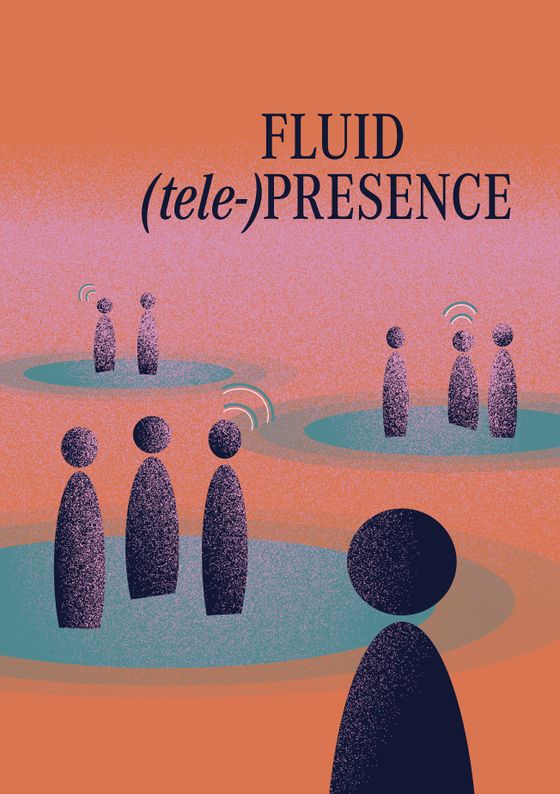
|
Digital presence takes many forms. Regardless of whether we are “plugged in,” our digital footprint manifests in the digital ecosystem as a constantly expanding network of traces, data artefacts, biometric residues and transaction histories. Viewed from this angle, the conventional, binary distinction between online/offline states ceases to make sense; indeed, given the extent of our current dependence on digital technology, almost all of us are always digitally present, if only in a hyperfragmented way. It is more accurate, therefore, to insist on the existence of a spectrum of "online" states.
|
|
ContentsMonday Oct 12
Tuesday Oct 13–Thursday Oct 15
1. Touch and Memory
References:
http://peripheralfocus.net/poems-told-by-touch/manifesto_of_tactilism.html
https://link.springer.com/article/10.3758/s13423-019-01674-x
https://en.wikipedia.org/wiki/Embodied_cognition
https://cup.columbia.edu/book/prosthetic-memory/9780231129275
https://www.bareconductive.com/make/how-to-make-an-interactive-memory-game/
2. Fluidity of Presence
References:
https://www.youtube.com/watch?v=y_FgHb-BGzk
|
|
DISCORD!
PROTOTYPING! |
|
Amrith's speculative hardware prototypes.
|

